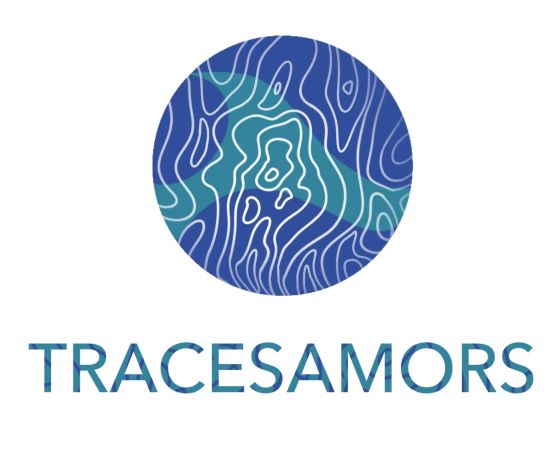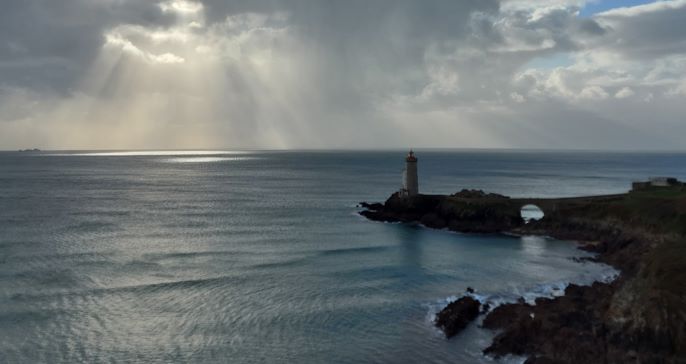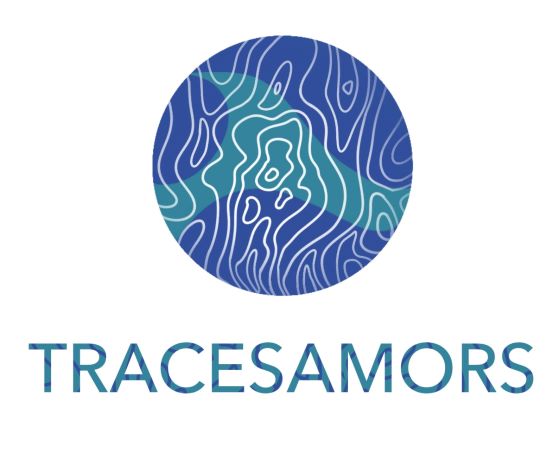 Workshop on TRACE metal SAMplers and sensORS
Workshop on TRACE metal SAMplers and sensORS
19th-21st sept. 2022, Pôle Numérique Brest Iroise
Plouzané, France

Why TRACESAMORS ?The availability of essential trace metals (Fe, Zn, Co, Cu, Mn...) controls primary productivity in up to half of the world oceans and modulates the ecological framework of different ocean biomes. One of the biggest remaining challenges to improving our understanding of ocean biogeochemistry is the availability of accurate in situ techniques for the determination of the concentration and speciation of these essential trace metals.
Our present understanding is severely constrained by the lack of high temporal and spatial resolution observations during critical seasonal and event-driven transitions in remote areas of the oceans. This is due to the absence of sensors that are suitably sensitive, selective and robust to determine elements at extremely low concentrations. ACE sampler (van der merwe et al. 2019) MITESS sampler Bell et al. (2002)
CHEMINI iron analyser (Laes et al. 2016)
Clearwaters Iron analyser Geißler, et al. (2021)
Hence, the proposed topic is to initiate international collaborations to foster the application and development of new samplers and sensors, for the determination of trace metal concentrations and speciation in specific parts of the ocean. TRACESAMORS builds upon Grand et al. (2019) OceanObs’19 paper recommendations on the creation of an international working group of trace metal sensor developers.
This working group will focus on evaluating key analytical issues with existing oceanographic sensors for trace metal analysis, review emerging sensing technologies in other disciplines and their potential for oceanographic use, and provide recommendations for inter-comparison with current remote samplers. The overall aim is to promote collaborative research to instigate a step change in our ability to monitor trace metal dynamics.
M.M. Grand, A. Laes-Huon, S. Fietz, J.A. Resing, H. Obata, G.W. Luther, A. Tagliabue, E. ’Pieter Achterberg, R. Middag, A. Tovar-Sanchez, Developing autonomous observing systems for micronutrient trace metals, Front. Mar. Sci. 6 (2019) 35. https://doi.org/10.3389/FMARS.2019.00035. A. Laes-Huon, C. Cathalot, J. Legrand, V. Tanguy, P.-M. Sarradin, Long-Term in situ survey of reactive iron concentrations at the Emso-Azores observatory, IEEE J. Ocean. Eng. 41 (2016). https://doi.org/10.1109/JOE.2016.2552779. P. van der Merwe, T.W. Trull, T. Goodwin, P. Jansen, A. Bowie, The autonomous clean environmental (ACE) sampler: A trace-metal clean seawater sampler suitable for open-ocean time-series applications, Limnol. Oceanogr. Methods. 17 (2019) 490–504. https://doi.org/10.1002/lom3.10327. F. Geißler, E.P. Achterberg, A.D. Beaton, M.J. Hopwood, M. Esposito, M.C. Mowlem, D.P. Connelly, D. Wallace, Lab-on-chip analyser for the in situ determination of dissolved manganese in seawater, Sci. Rep. 11 (2021) 1–13. https://doi.org/10.1038/s41598-021-81779-3. J. Bell, J. Betts, E. Boyle, Mitess: A moored in situ trace element serial sampler for deep-sea moorings, Deep. Res. Part I Oceanogr. Res. Pap. 49 (2002) 2103–2118. https://doi.org/10.1016/S0967-0637(02)00126-7. |


